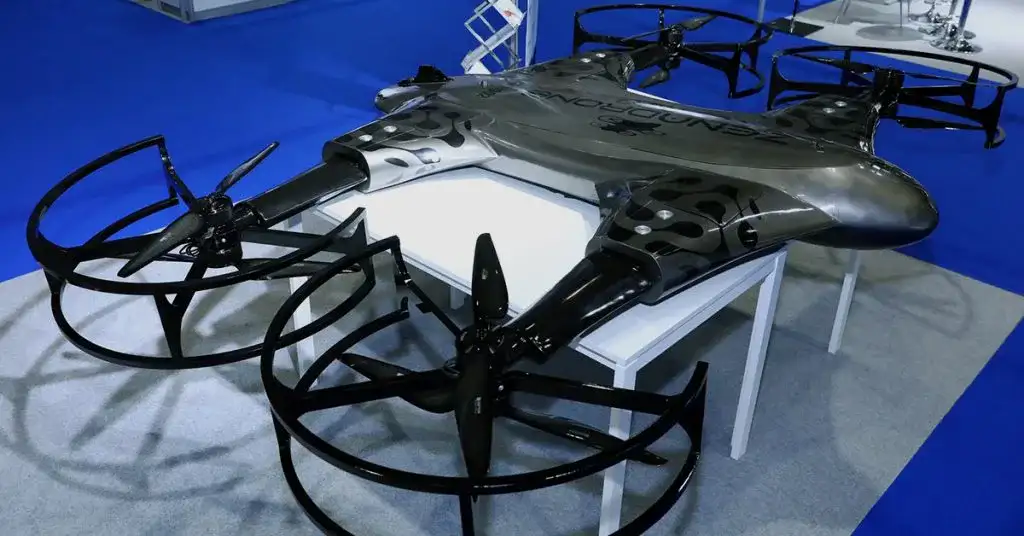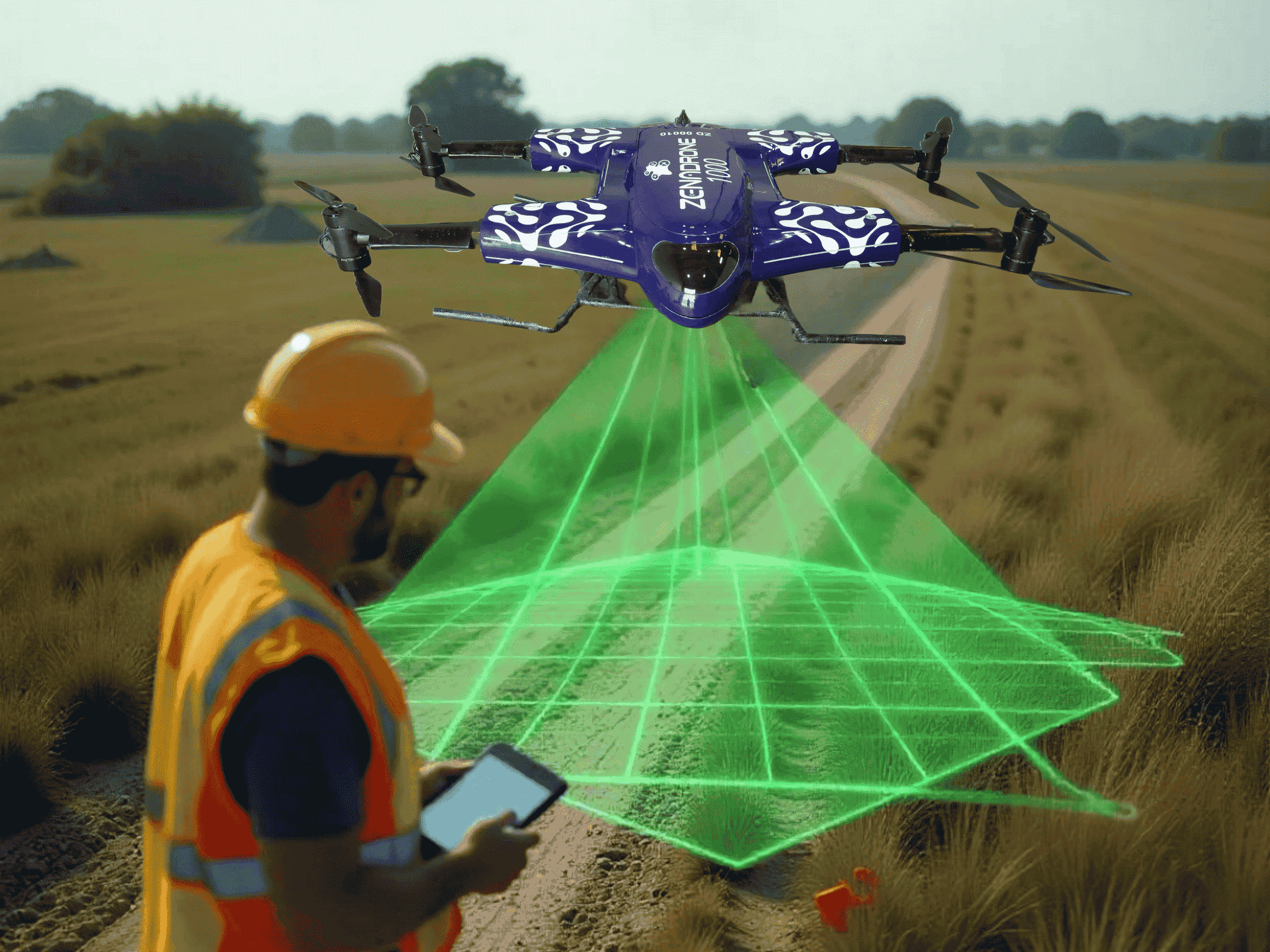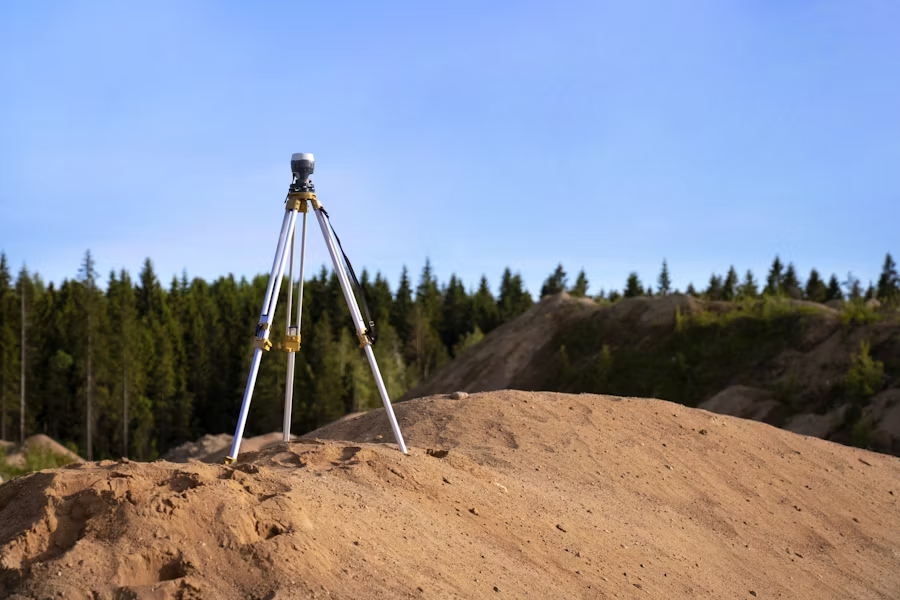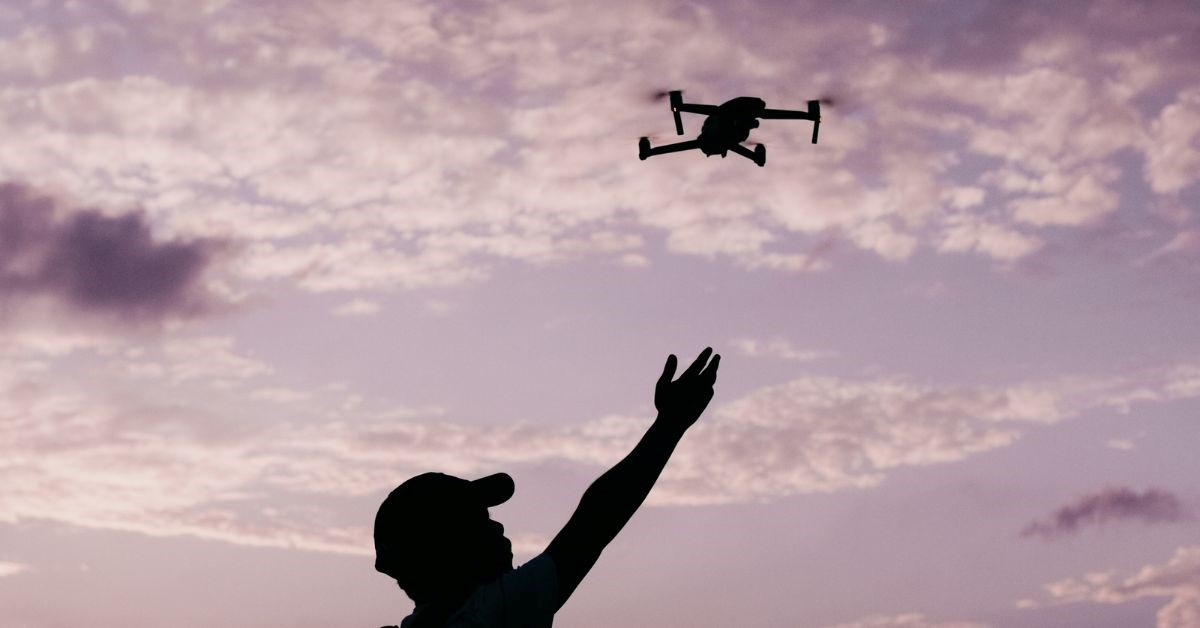3 Things You Need to Know About the Global Drone Industry

The drone industry has come a long way from providing innovative technology for military weapons. Today, it’s a multibillion-dollar industry that includes both public and private sectors. The drone industry is also constantly growing. Because they can substitute traditional operation methods, drones have become staple tools in many industries.
This article will take a quick look at the drone market and where drones are seeing the most use. We’ll also look at the most significant opportunities worth exploring in the drone industry in the coming years.
3 Things You Need to Know About the Global Drone Industry
2023 is finally here, and the drone market is looking more promising. Companies are only starting to harness the full potential of drone technology. With this in mind, it’s a good idea to start looking into drones as an investment for your business. Here are the most asked questions when it comes to the drone industry worldwide:
1. What Is the Current Global Drone Market Like?
Any full drone industry report will let you know that the market is on an upward trend. As unmanned aircraft, drones are viable for different applications, from farming management to urban planning.
The global drone market can be segmented into three sectors:
- Government drones: Drone technology has historically been used for military weaponry and surveillance. Law enforcement and other government agencies currently comprise most of the drone market.
- Commercial/enterprise drones: The commercial drone sector is up-and-coming, thanks to technological advancements. Commercial drone capabilities like high-resolution imaging have led to a rise in global demand.
- Consumer drones: The consumer drone market size is increasing as drones become more affordable. They are especially popular among flight enthusiasts and hobbyists, as well as photographers.
2. What Is the Current Global Drone Market Size?
In 2025, Grand View Research estimated the global consumer drone market to be worth about USD 3.4 billion. This value has since reached 4.1 billion this year, while the expected growth rate is about 13.8%. As for the commercial drone market, Allied Market Research valued it at about USD 2.72 billion. By 2030, it’s expected to reach 21.65 billion, with a growth rate of 23.7%.
Drones’ case for widespread use has been favorable in recent years. Nearly forty percent of businesses that utilize drones rely on third-party providers and in-house resources.
3. What Are the Industries That Use Drone Services?
Commercial drones have all kinds of applications. You can find drones and drone pilots working in all kinds of industries, such as the following:
- Agriculture: Agriculture is the leading industry in commercial drone usage. Plant health mapping, automated flights, and multispectral imaging are extremely useful for farmers.
- Shipping and logistics: Amazon and UPS now use drones to deliver their products. More companies are set to follow suit. Aside from delivery, drones can also monitor deliveries and product organization.
- Construction: The construction industry isn’t far behind agriculture in driving commercial drone industry growth. Topographic mapping speeds up surveys, while aerial photography allows for more accurate progress estimates.
What are the Biggest Opportunities in Drone Industry?
The worldwide drone industry and the surrounding community provide investors many opportunities. Drones are no longer limited to select industries like monitoring and business security. With more access to aerial capabilities, more businesses can take advantage of the following opportunities:
1. Data Collection and Analysis
Telecom carriers and mobile network providers are in the perfect position to collect and analyze data. Drone operators are especially crucial in this regard. Most commercial and consumer-grade drones will continue to remain low-flying aircraft.
2. Software Development
Drone industry analysis says that drone service providers will be among the key growth drivers in the coming years. Software developers can create dedicated user interfaces and operating systems to enhance flight control.
3. Drone Service Providers
Fully autonomous drones are currently years away from commercial viability. In the meantime, operators, maintenance workers, and IT consultants will be in higher demand.
Frequently Asked Questions about Drones
While each industry has its own needs, drones’ versatility can help ensure these needs are met. However, not all drones are created equal. Knowing everything you can before investing in them for your business is always a good thing. Here are a few frequently asked questions among the industries that use drone technology for their regular operations:
What kind of drone should I buy?
The type of drone you should get depends on what you need it for. Fixed-wing drones are great for high-altitude and long-distance monitoring, while multirotor drones are suited for lower altitudes. On top of this, you might consider investing in additional hardware for your business’s needs. These include things like extra batteries and propellers. Alternatively, you can hire a drone service provider for one-time tasks. They offer innovative drone services, so you don’t need to invest in in-house hardware, pilots, and training.
Do I need a special camera for my drone?
Features like multispectral imaging are essential for industries that use drone technology for regular operations. Fortunately, there’s no need to get a special camera. Many consumer and commercial-grade drones already come with built-in cameras and sensors. They make thermal, LiDAR imaging, and NDVI imaging more accessible to users. Additionally, other drones are modular and come with swappable attachments.
How high should I fly my drone?
There are no set formulas for how high to fly your drone. However, higher altitudes tend to reduce image resolution. For determining plant emergence, it’s usually best to fly lower than 200 feet (~60 meters). Most of the time, the limit for flying drones depends on local legislation. Check in with your country or state’s legal requirements beforehand.
Contact Us
Thank you for your message. It has been sent.
Latest Posts
Social Profiles















